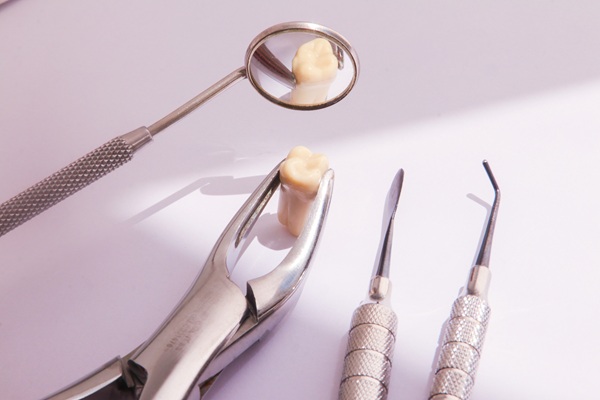Wisdom Teeth Removal: What to Know

Many people would shiver at the thought of wisdom teeth removal, probably because of the rumors they have heard about the procedure. But not to worry; wisdom teeth removal is a simple and easy process. Since wisdom teeth are the last to erupt later in life, many people do not have enough information to determine whether the wisdom teeth will be an issue, especially if they do not go for regular dental checkups. Understanding the process of wisdom tooth eruption can make dealing with the problem more manageable.
When wisdom teeth removal is necessary
Unless the patient is experiencing pain, they may be confused about why the dentist suggested removing their wisdom teeth. Wisdom teeth are the last set of molars to erupt at the furthest part of the jaw. Many people do not have sufficient jaw length to accommodate the wisdom teeth and make them functional. Also, caring for the teeth could be bothersome and difficult because of their position in the mouth. This can cause tooth decay, gum disease, and infections.
The second molars are vital for chewing food, but they may be adversely affected by an impacted wisdom tooth. In some cases of impaction, an opening is created in the gum tissue, trapping food particles, which will lead to decay and sometimes the loss of a vital tooth.
Wisdom teeth removal is best done when the patient is younger. This is typically because their body has a greater ability to quickly recover from the procedure. Additionally, people in their late teens and early twenties do not usually have complete root formation, which reduces the risk of harming adjacent structures such as the sinus and nerves.
Wisdom teeth removal: what it entails
Before wisdom teeth removal, the patient will need to book an appointment with the dentist to discuss the details of the treatment and the anesthesia options. Most dental practices offer local anesthesia to numb the treatment area. However, some practices also offer sedation options like nitrous oxide (laughing gas). Wisdom teeth removal is more invasive than routine dental procedures like fillings, so some patients prefer to undergo light sedation to remain calm and comfortable. That said, the patient will need to have someone drive them home since they will not be able to operate a motorized vehicle after being under anesthesia.
Once the patient is numb, the dentist will remove the wisdom teeth. They may need to break the tooth apart into smaller pieces to make the removal process easier. After removing the wisdom teeth, the dentist will place gauze on the area to help the area stop bleeding. The patient will need to bite on it and use ice packs to reduce swelling.
Over the next couple of days, the patient will need to consume a soft diet. Over-the-counter pain medication can help the patient manage their pain and inflammation. Within a week, the soreness and jaw stiffness should have subsided, and the patient will be able to return to their usual routine. Additional visits will be necessary to ensure the area is healing properly.
Learn more about wisdom teeth removal
Manteca Dentistry And Implants offers wisdom teeth removal in the Manteca area. Call our office to learn more about the process or to schedule an appointment. We look forward to hearing from you.
Request an appointment here: https://mantecadentist.com or call Manteca Dentistry And Implants at (209) 707-2000 for an appointment in our Manteca office.
Check out what others are saying about our services on Yelp: Wisdom Teeth Removal in Manteca, CA.
Related Posts
An emergency dentistry facility can treat mouth injuries right away. The treatments aim to reduce discomfort and prevent any lasting complications. Many different dental traumas happen to people every day. Learn how a trained dentist can help, so you can become more determined to look for the nearest facility in your area.Here are the details…
Seeking emergency dentistry treatments can help you get relief. It can also help you regain your normal dental functions and self-esteem. The dentist can share dental care tips that you may not know or have forgotten about. If you want to know more about the dental advice that emergency dentistry can provide, here are the…
Restorative treatments encompass a broad range of dental procedures designed to help patients recover oral health and self-esteem via improved aesthetics. Patients who have suffered oral damage due to tooth decay, gum disease, or trauma might benefit from restorative therapy. Visiting the emergency dentistry office as soon as possible is advisable to restore oral health…
An impacted wisdom tooth requires emergency dentistry treatment. This type of tooth develops underneath the gums. It typically does not erupt above the gumline because there is no room for it. Impaction causes severe, distracting pain. If you want to know why you should go to an emergency dentistry facility for impacted wisdom tooth treatment,…
